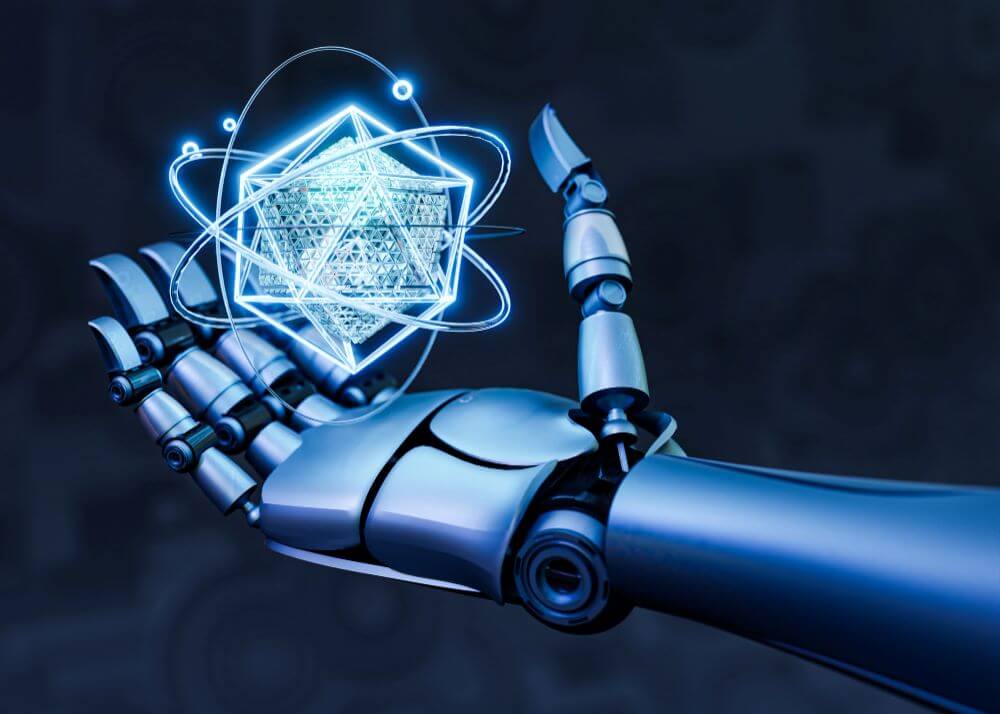Deep learning is a subfield of machine learning that uses layered neural networks to recognize patterns, make forecast predictions, and learn from vast amounts of data.
It powers voice assistants, image recognition, recommendations on streaming platforms, and even self-driving cars.
Self-driving cars use a combination of AI techniques, including Deep Learning, Machine Learning, Computer Vision, and Reinforcement Learning, to process data from various sensors and interpret their surroundings to perform safe driving manoeuvres.
Deep learning allows computers to simulate how human brains work.
Real-World Uses
While Deep Learning might initially sound like something out of a sci-fi movie, the real-world applications of AI and Deep Learning are far more normal sounding. You likely just don’t know that you use AI with deep learning on a daily basis.
If you have unlocked your phone with your face or asked Siri something, you’ve already used deep learning to make your life better and easier.
What Is It?
Deep learning, in its simplest form, is a way to teach computers to learn and solve problems in a similar way to how our brains work. It’s the digital brains behind much of the cool tech we use these days.
It is part of machine learning, which is a branch of artificial intelligence (AI).
How Does It Work?
In essence, deep learning fundamentals are rooted in teaching computers and machines to learn like a human child.
You do not need to tell it exactly what to do, but rather give it examples and let it figure out how to identify the patterns and solve the problem on its own.
That is what sets it apart from traditional programming.
Deep learning relies on artificial neural networks, inspired by the human brain.
These neural networks are organized into layers that receive the initial data, process the data, and then produce the final result.
The Neural Network Architecture
Deep learning works through Artificial Neural Networks (ANNs), which process information through several interconnected layers.
Neural networks learn through training, and each node in the network performs a calculation and passes the result to the next layer in a relay race of output perfection.
This layered approach allows for sophisticated levels of thinking and understanding, similar to how we process information in the neural networks of our brains.
It is another example of how science can look to nature to perfect an artificial design, like how aeroplanes mimic the aerodynamics of birds.
Machine Learning vs. Deep Learning
To understand the difference between Machine Learning and Deep Learning, you must know that one is a subset of the other.
Deep learning models learn features while machine learning requires manual feature input. Deep learning requires more data to work effectively and generally needs more computational resources.
Deep learning models are also commonly more complex and handle abstract patterns and relationships in data.
In Conclusion
Deep Learning is evolving at a rapid rate and is showing no signs of slowing down anytime soon.
It is transforming how humans interact with technology and approach complex problem-solving.
Now you have the basics to understand Deep Learning, which will help you in today’s AI-powered world.
To further your knowledge, consider signing up for more comprehensive courses to help teach you how to jump into deeper levels of this impressive tech.




